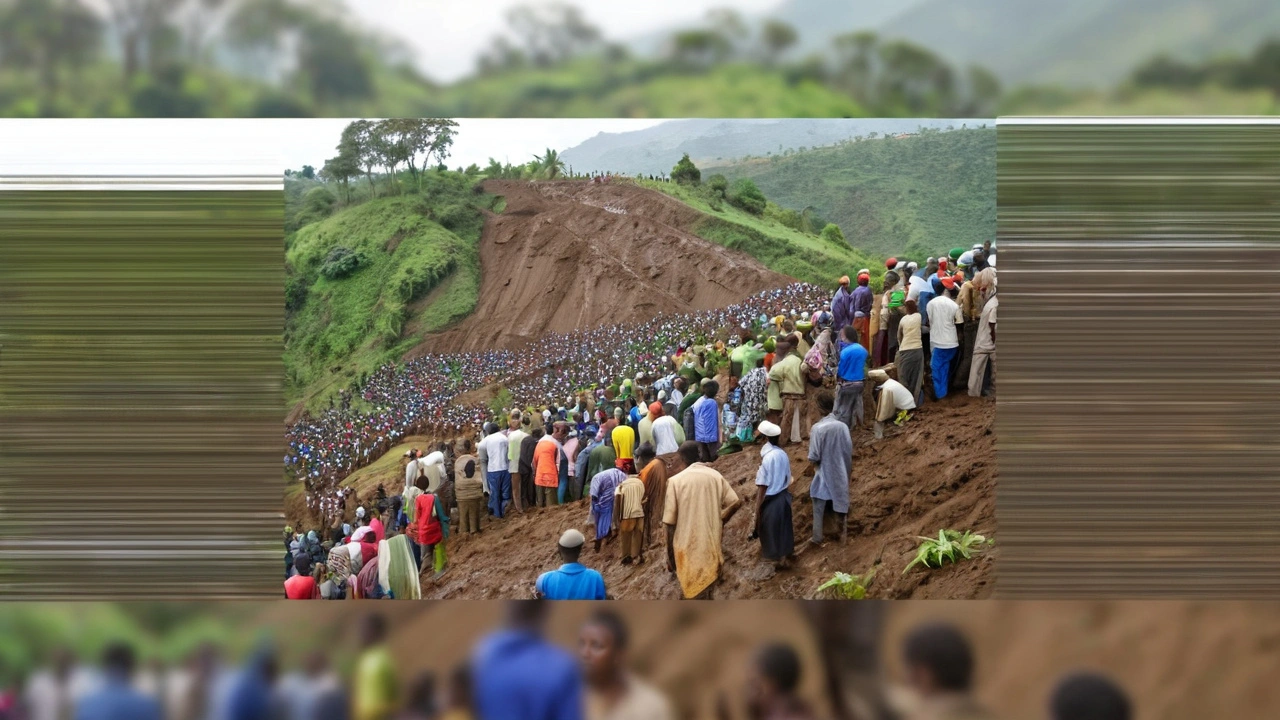Search and Rescue: What You Need to Know
Search and rescue operations are a crucial part of saving lives when accidents or disasters strike. Whether it’s finding missing hikers, rescuing people from floods, or responding to emergencies, these missions rely on quick thinking, teamwork, and the right technology. Understanding how these efforts work can help us appreciate the challenges rescue teams face.
How Search and Rescue Missions Work
When someone is reported missing or in danger, a search and rescue team springs into action. They gather information on the last known location, weather conditions, and any possible hazards. Teams use tools like drones, helicopters, and thermal imaging to cover large areas quickly. Ground personnel often work in harsh environments, like mountains or forests, to bring people to safety.
Communication and coordination are vital. Rescue groups work closely with local authorities and sometimes the public to gather tips or direct efforts. Every minute counts in these missions, so planning and execution need to be flawless.
Challenges and Advances in Rescue Operations
Search and rescue is tough. Teams face unpredictable conditions that can change suddenly, such as storms or unstable terrain. They often deal with limited visibility and tricky access to victims. Because of these challenges, new technology is always being introduced, like improved GPS tracking, better rescue gear, and AI-based search mapping.
Training is also a big focus. Rescuers must be physically fit and mentally prepared for long hours and stressful situations. Simulation drills and exchange programs between different regions help improve skills and readiness for real situations.
Whether it’s natural disasters, accidents, or emergencies, search and rescue efforts are vital in protecting lives. Staying informed on these efforts helps communities understand how they can support rescue teams and stay safe themselves.

Ethiopia Mudslides Devastate Oromia: 257 Dead and Counting, Rescue Efforts Intensify
Tragic mudslides in Ethiopia’s Oromia region have claimed 257 lives with many still missing. Triggered by severe rainfall, the disaster has led the government and volunteers to conduct intensive rescue efforts. With substantial infrastructure damage and displacement, the crisis has drawn national and international support.